Smile Design: How Digital Technology is Revolutionizing Cosmetic Dentistry
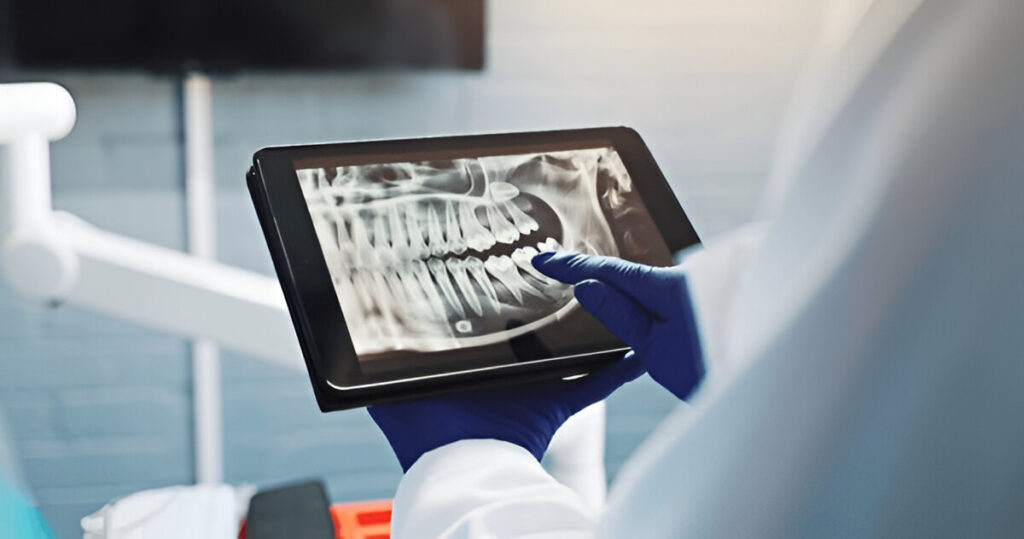
In the constantly changing landscape of cosmetic dentistry, Digital Smile Design is becoming a game-changer. With the use of sophisticated imaging, 3D scanning, and facial analysis, this new technology is revolutionizing the way dental practitioners envision, plan, and deliver smile makeovers. Patients no longer have to rely on guesswork as to how their smile would […]
How Stress & Mental Health Affect Your Oral Hygiene Habits
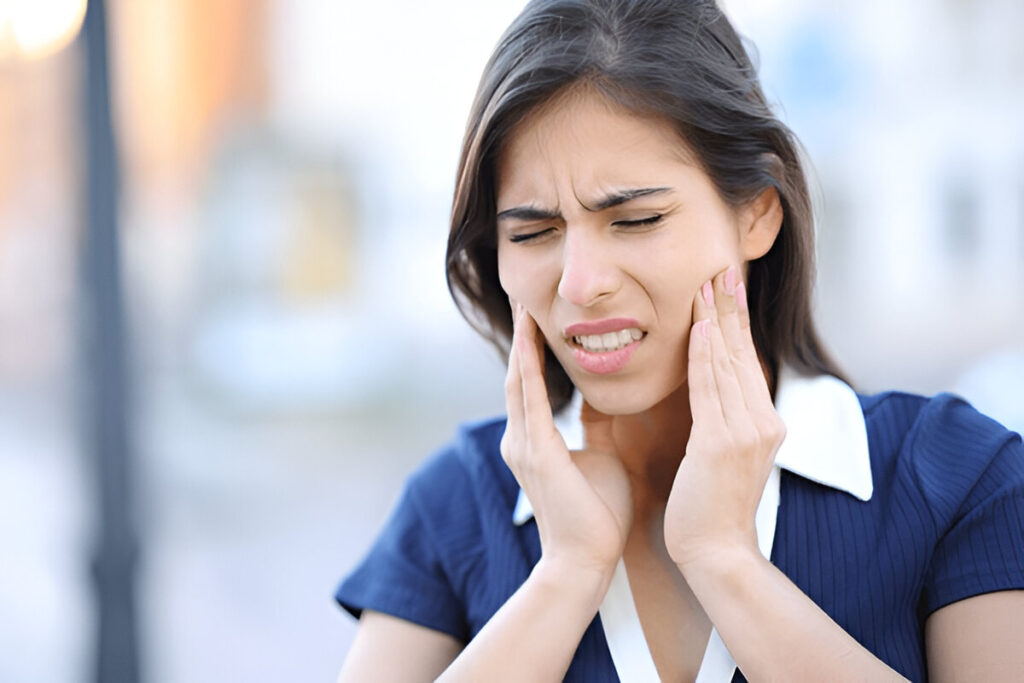
In today’s hectic lifestyle, stress oral health issues have also become very prevalent. The pressures of contemporary living be it workplace pressure, financial woes, or personal problems can quietly wreak havoc not only on your mental health, but your smile as well. Most individuals realize how stress impact oral health and overall health, but few […]
Aging Gracefully Starts with Your Smile: The Crucial Role of Oral Health in Senior Wellness and Longevity
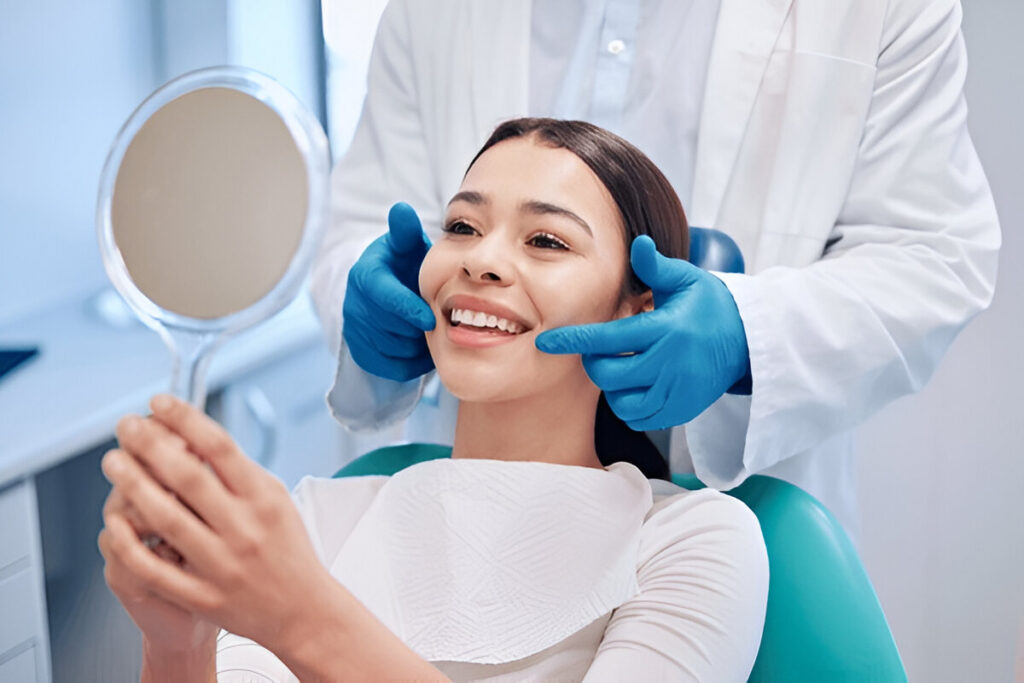
Aging is accompanied by innumerable changes, both overt and subtle. While some concentrate on skin care, mobility, or diet, stress is still accorded to oral health as one of the most underestimated yet critical factors in maintaining long-term wellness. In older adults, the condition of their mouth tends to parallel their overall physical and psychological […]
Scared of the Dentist? How Sedation Dentistry in Glasgow Can Help

For some, the mere thought of going to the dentist evokes anxiety, fear, or even panic. If you are afraid of dentist but require treatment, take comfort in knowing that you are not alone. Dental fear is a genuine and widespread problem for both children and adults. The good news is that dental sedation has […]
Nervous About Bad Teeth? Here’s How to Overcome Dentophobia and Reclaim Your Smile

Feeling embarrassed or anxious about bad teeth is more prevalent than you realize. For some, this shame comes from a deep-seated dentophobia — an intense fear of the dentist that causes missed appointments and poor oral health. Whether you’re an anxious dentist patient, have trouble with past trauma, or are sensitive to the sound of […]
The Ultimate Guide to Sedation Dentistry in Scotland for Nervous Patients
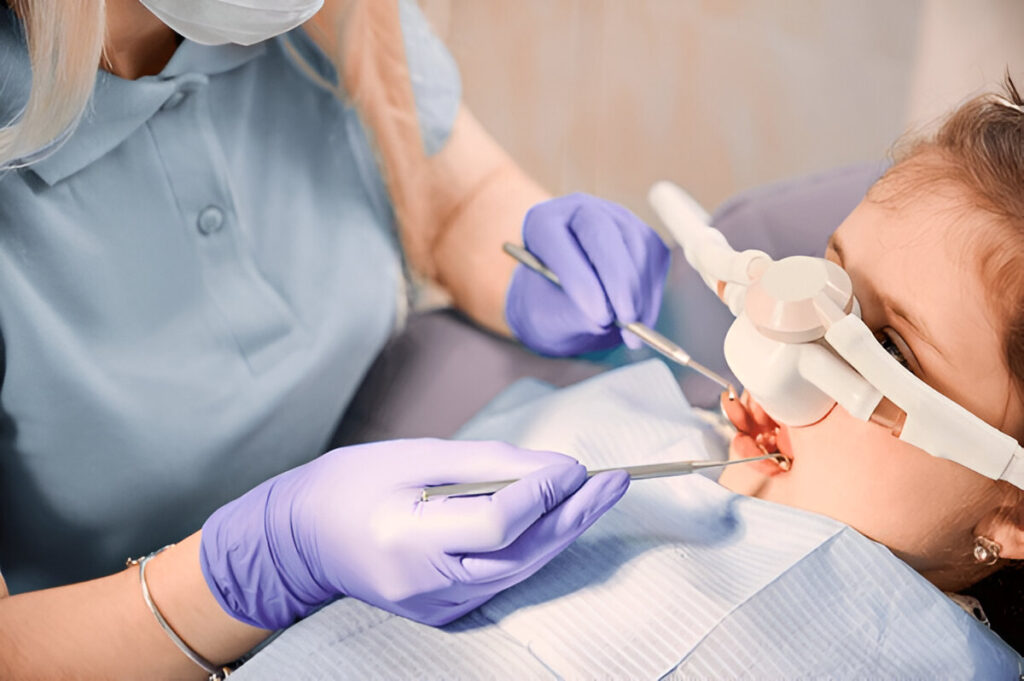
Introduction: Appreciating the Need for Sedation Dentistry Attending the dentist may be a stressful experience for most. For some patients, though, the experience is totally overwhelming. The condition may result from traumatic dental experiences in the past, fear of pain, or generalised anxiety disorder. Phrases such as “I was frightened of dentists” are more […]
How to Manage Dental Anxiety: Proven Tips for a Calm and Comfortable Dental Visit
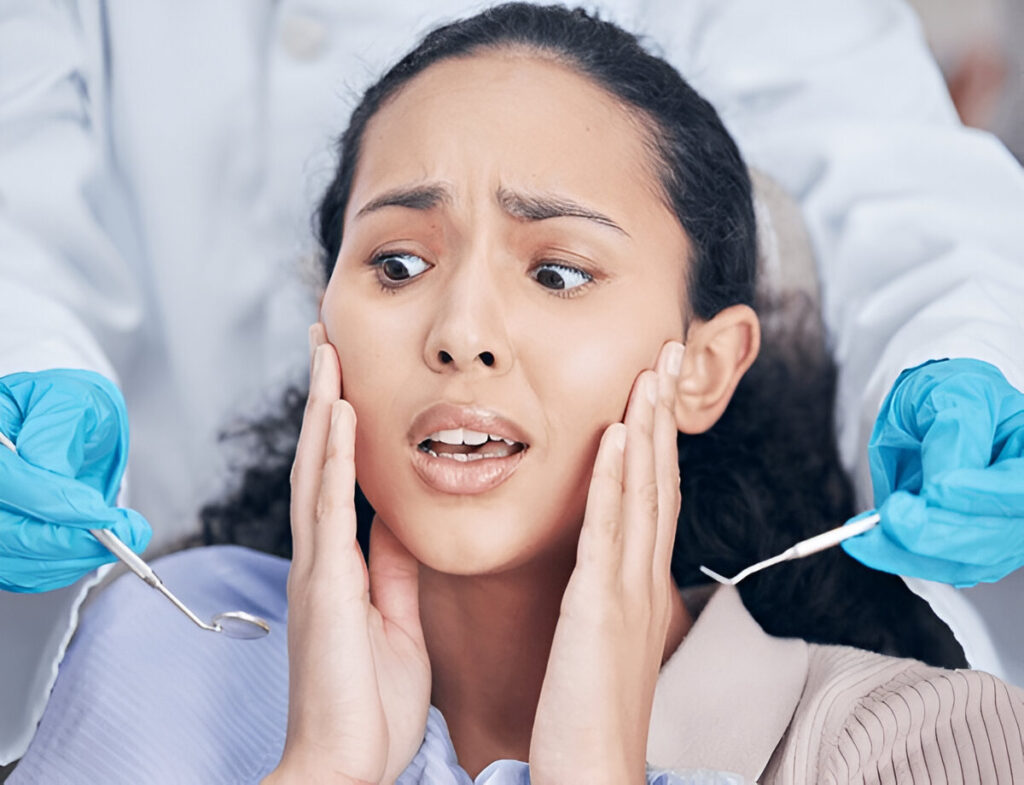
Introduction: What is Dental Anxiety Most people have dental anxiety, a normal emotional reaction that can lead to missed dental appointments, delayed treatments, and worse oral health. In others, it progresses beyond the run-of-the-mill nervousness to an advanced condition called dental anxiety and phobia. This article offers proven strategies to manage this fear and […]
The Ultimate Guide to Children’s Dental Hygiene: Cleanings, Health Tips & First Visits

Having great children’s dental cleaning and care is essential for oral health throughout life. Brushing baby teeth, to taking your child in for their first dental visit, every action you take early on has a significant impact on establishing good dental routines. In this complete guide, you’ll learn why dental cleaning for kids matters, what […]
The Link Between Oral Health and Overall Well-being

Introduction: How Oral Health Is More Than Having a Pretty Smile When folks think of health, they tend to forget about the mouth. But your mouth is more than an entrance for food—it’s an essential doorway to overall health. There is the link between oral health and overall health, and ignoring your mouth can […]
Top Children’s Dental Clinics in Scotland: Specialists, Services & Braces Explained

Over the past few years, good-quality child dental care has become increasingly prominent on the radar, especially as healthcare and technology develop. With the advent of children dental clinic technology such as teledentistry, households from all over Scotland have improved access to expert services irrespective of place. In this in-depth guide, we look at what […]
